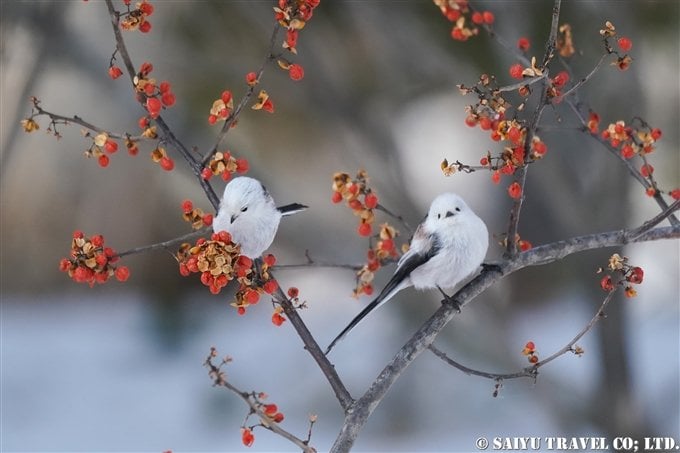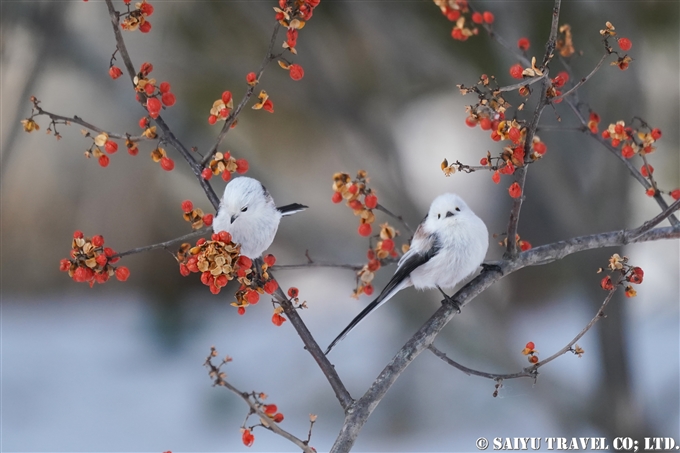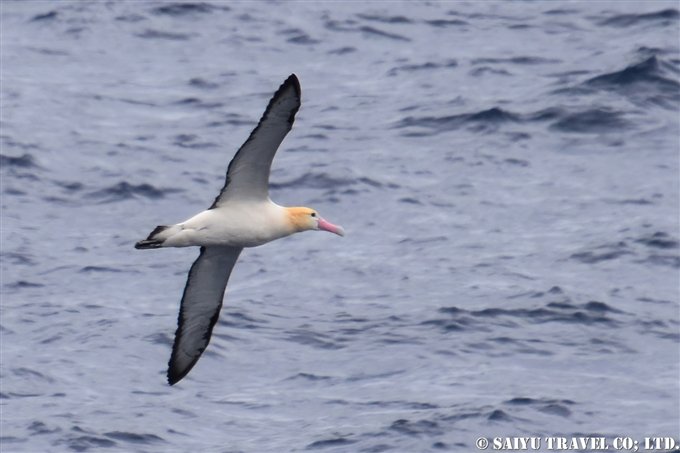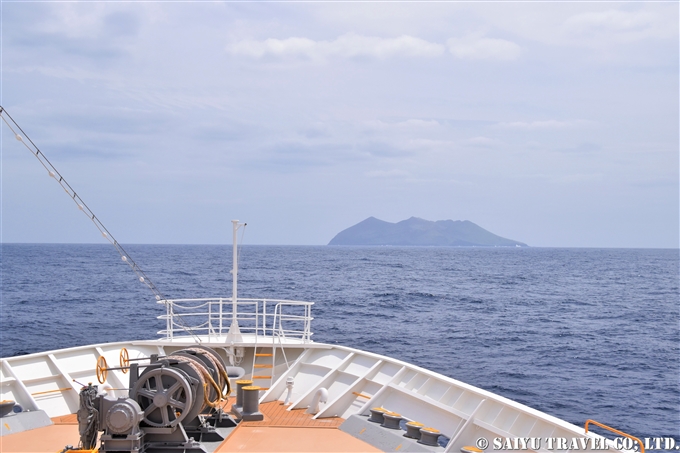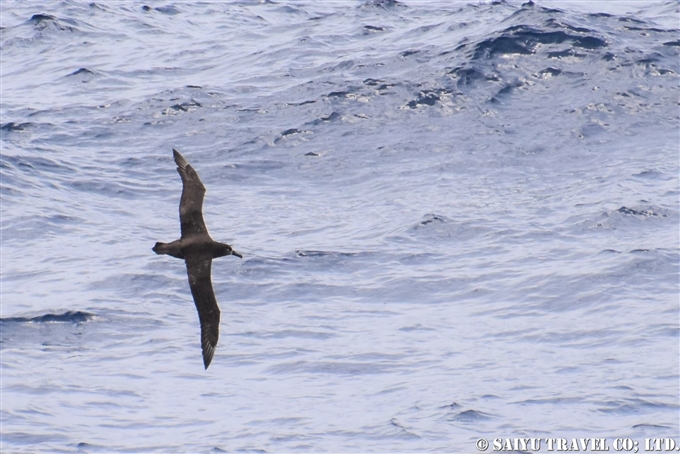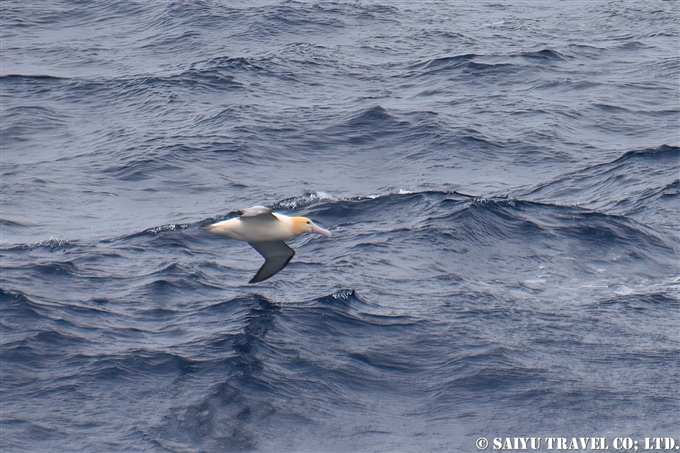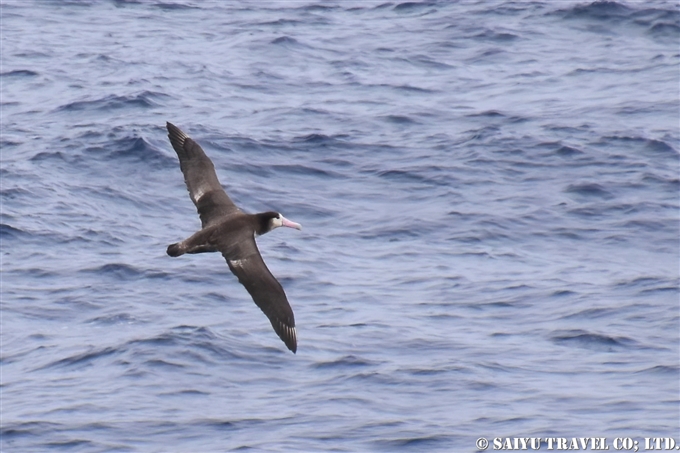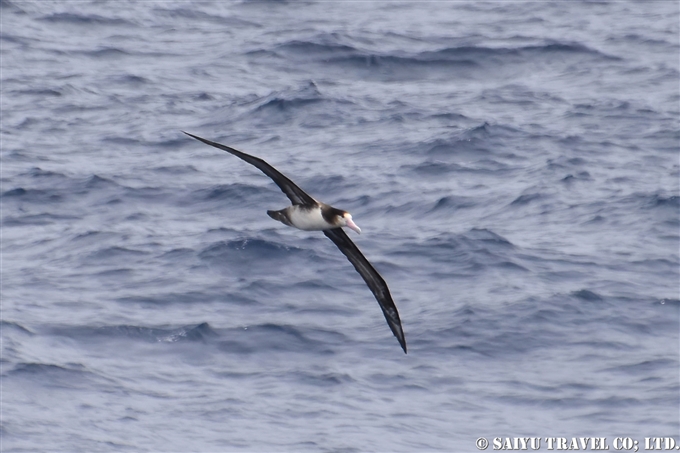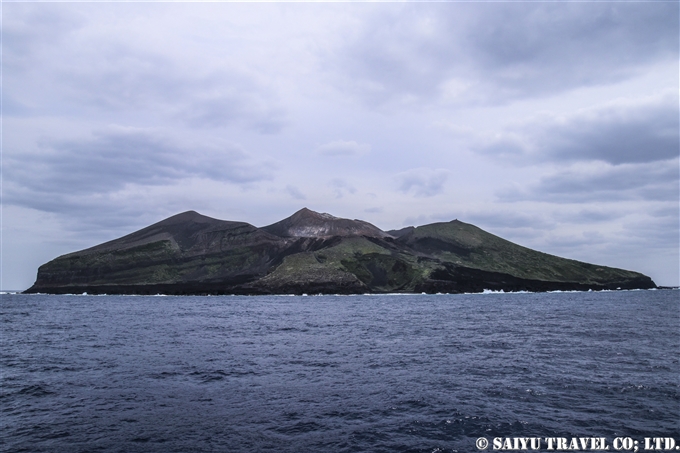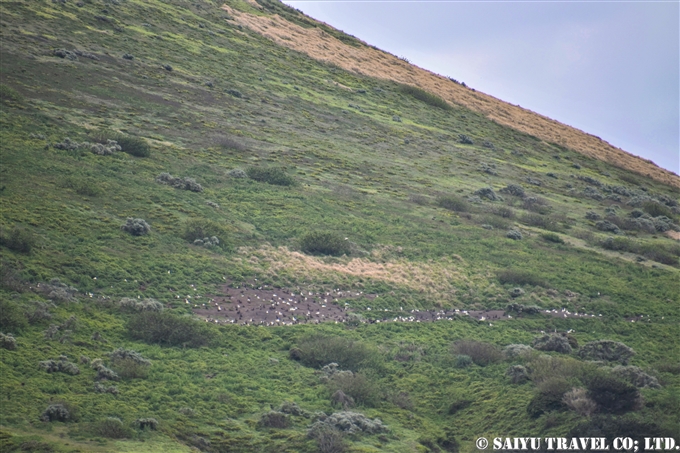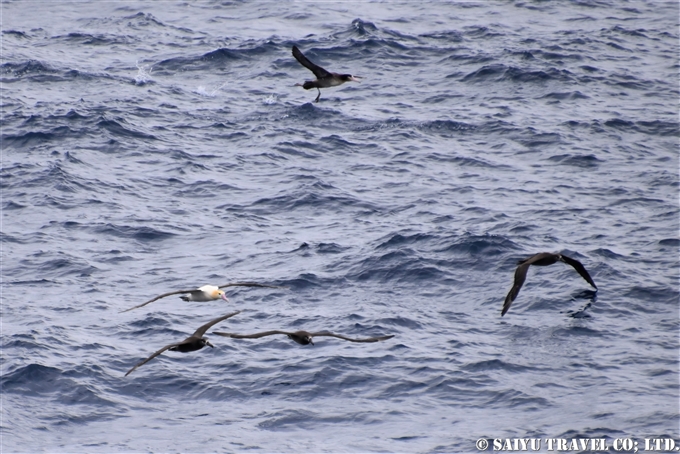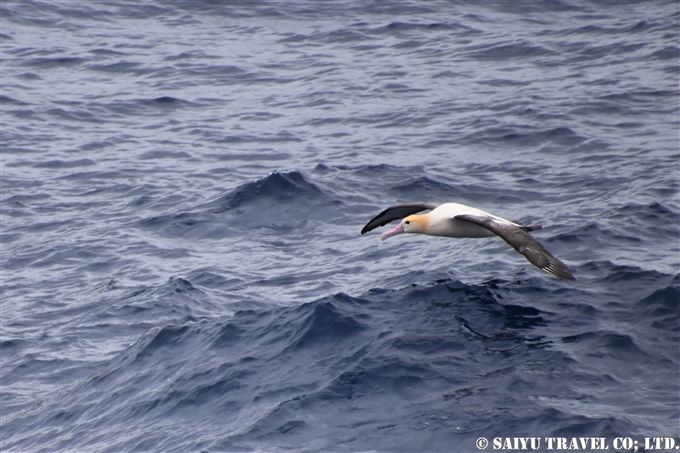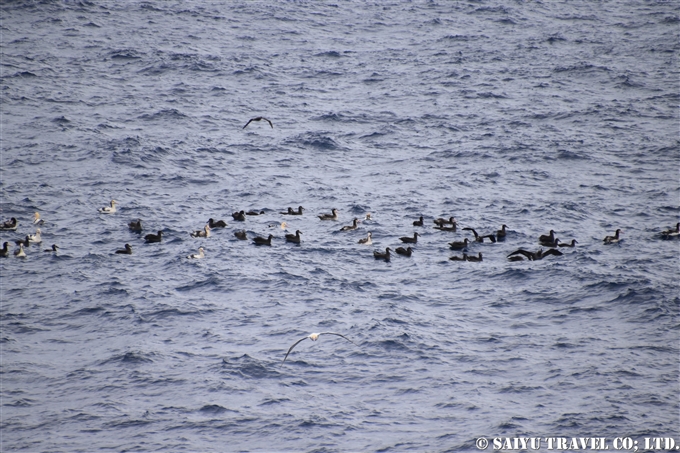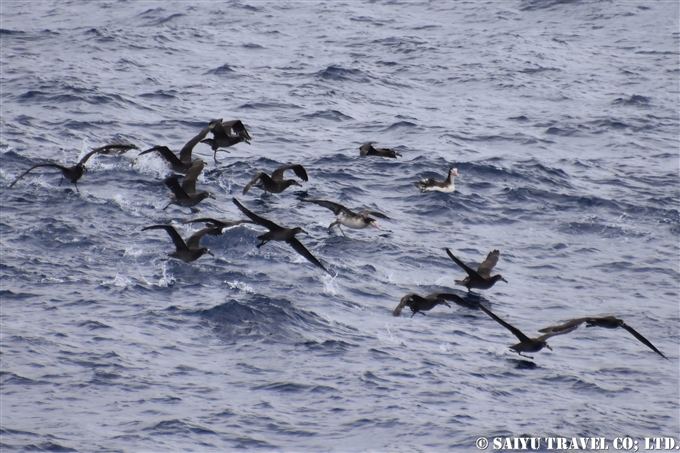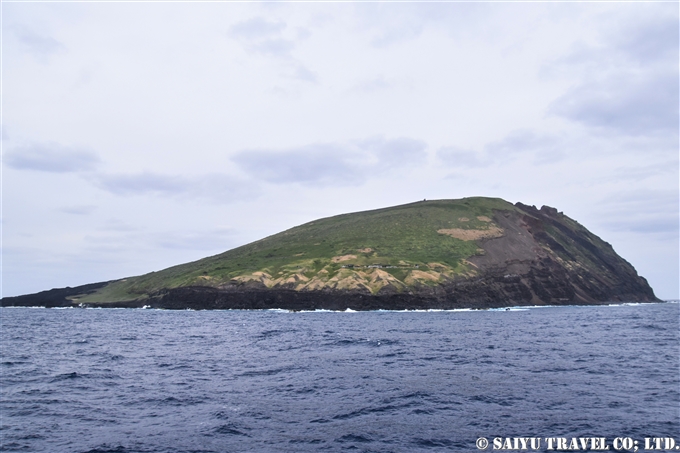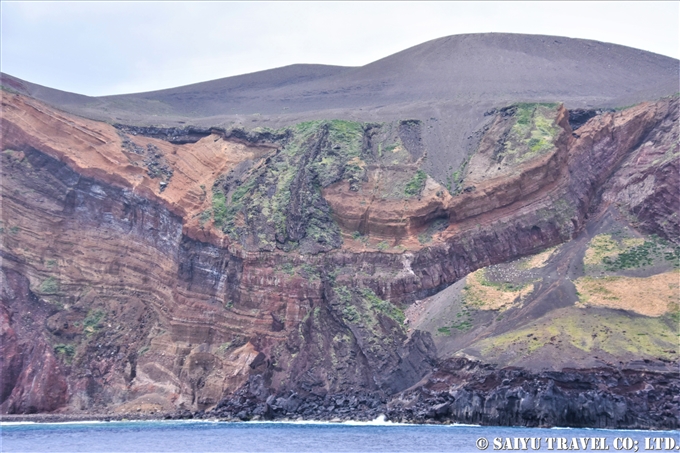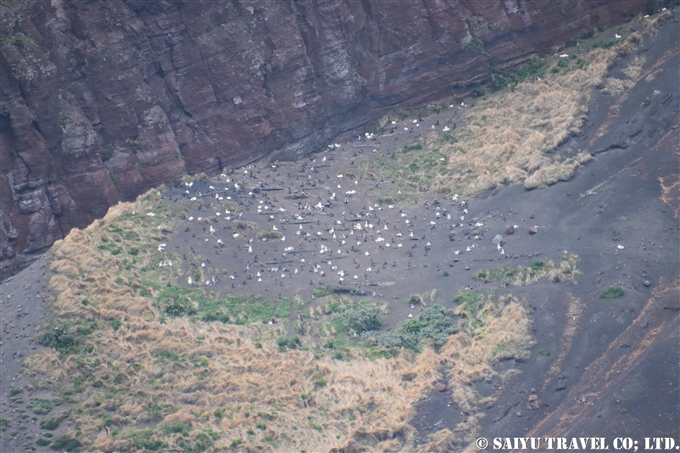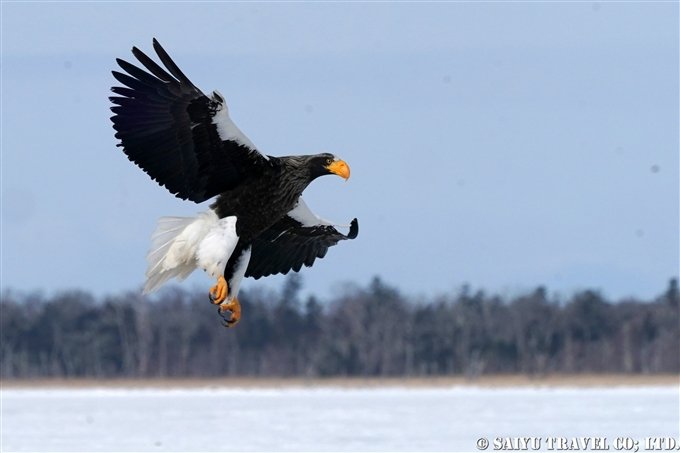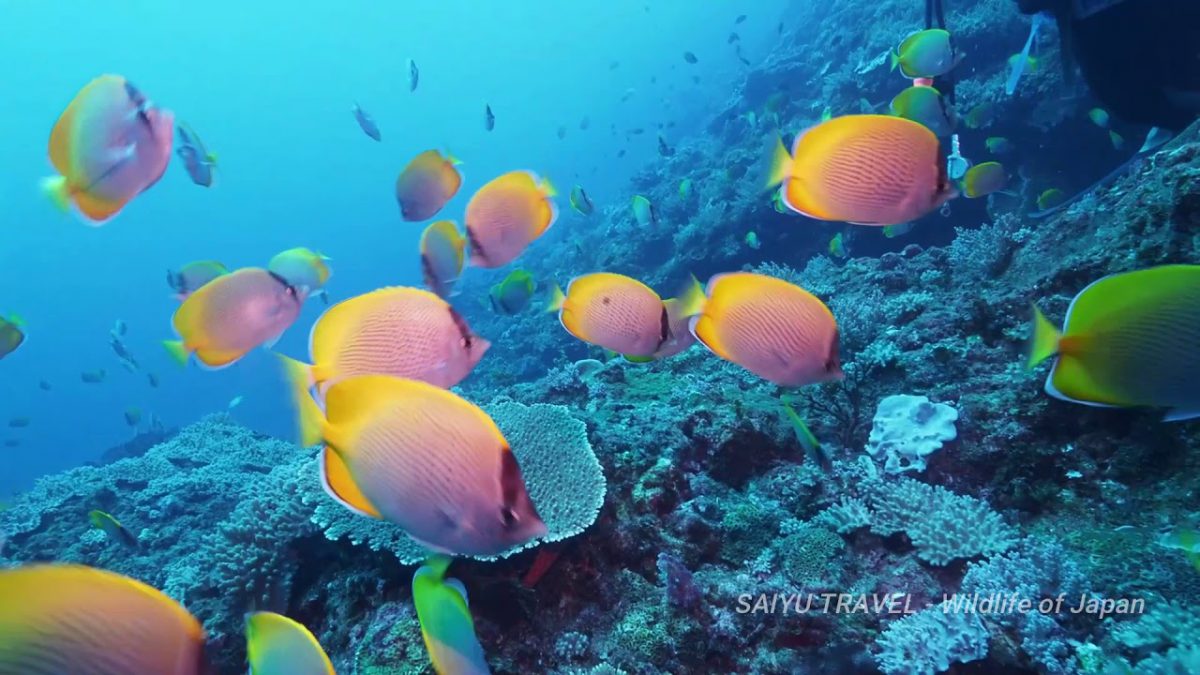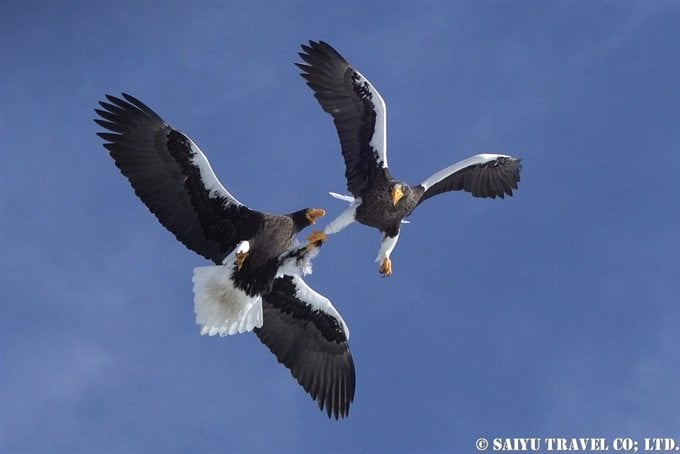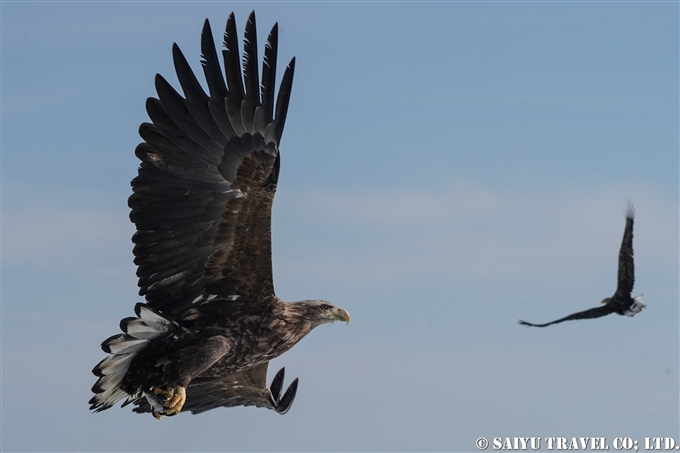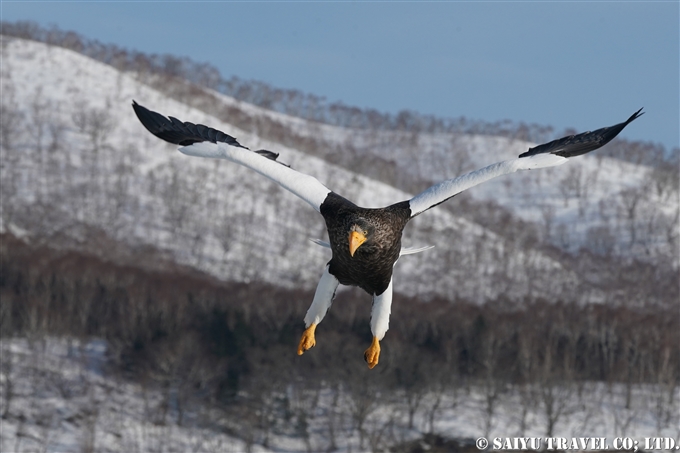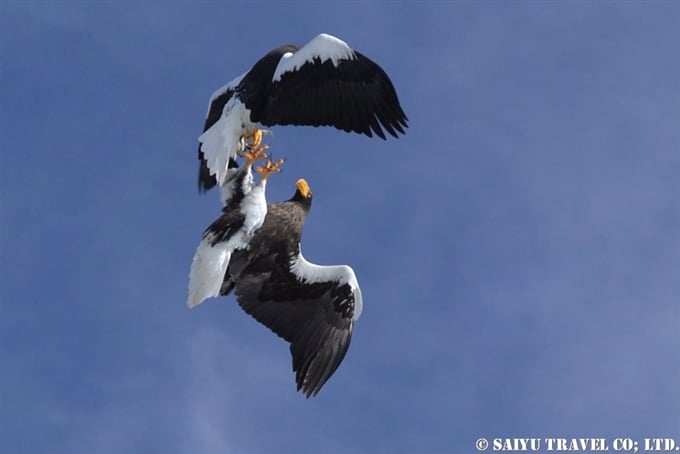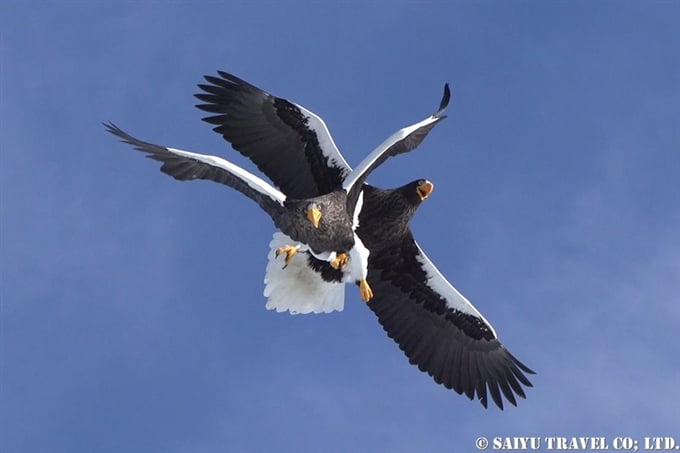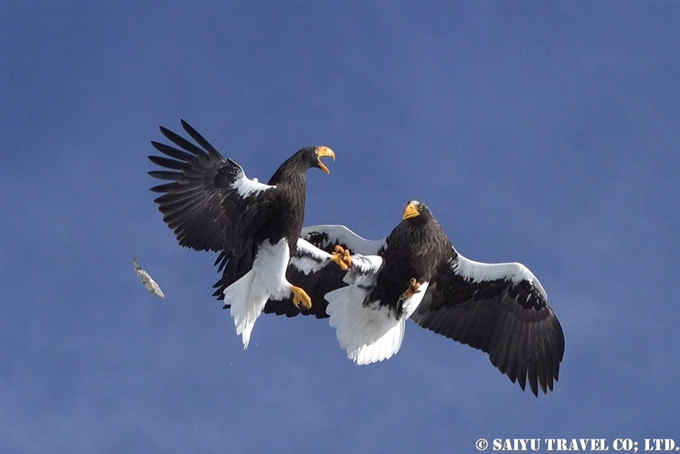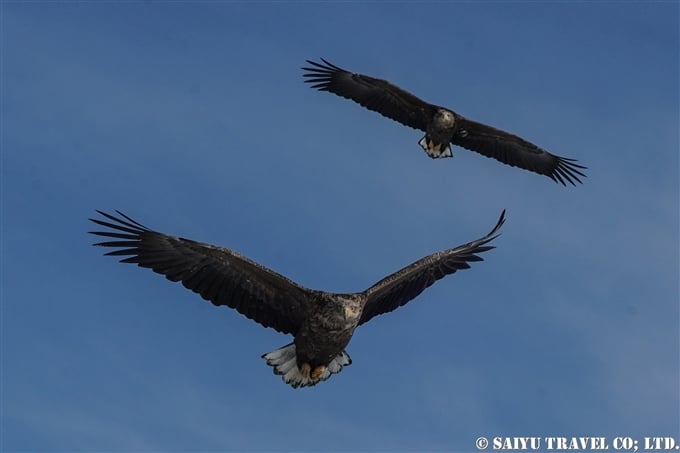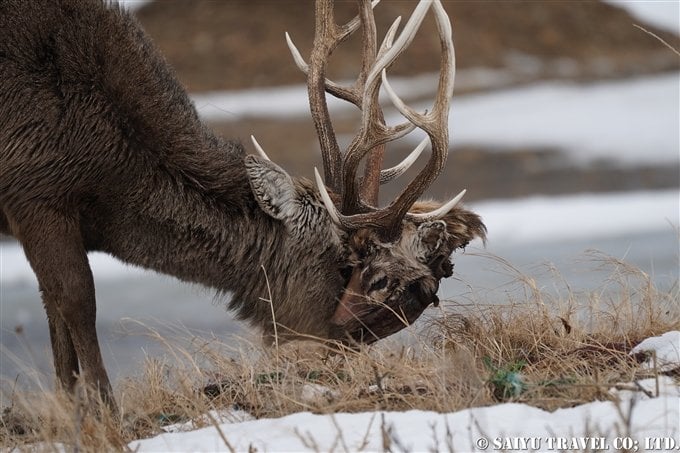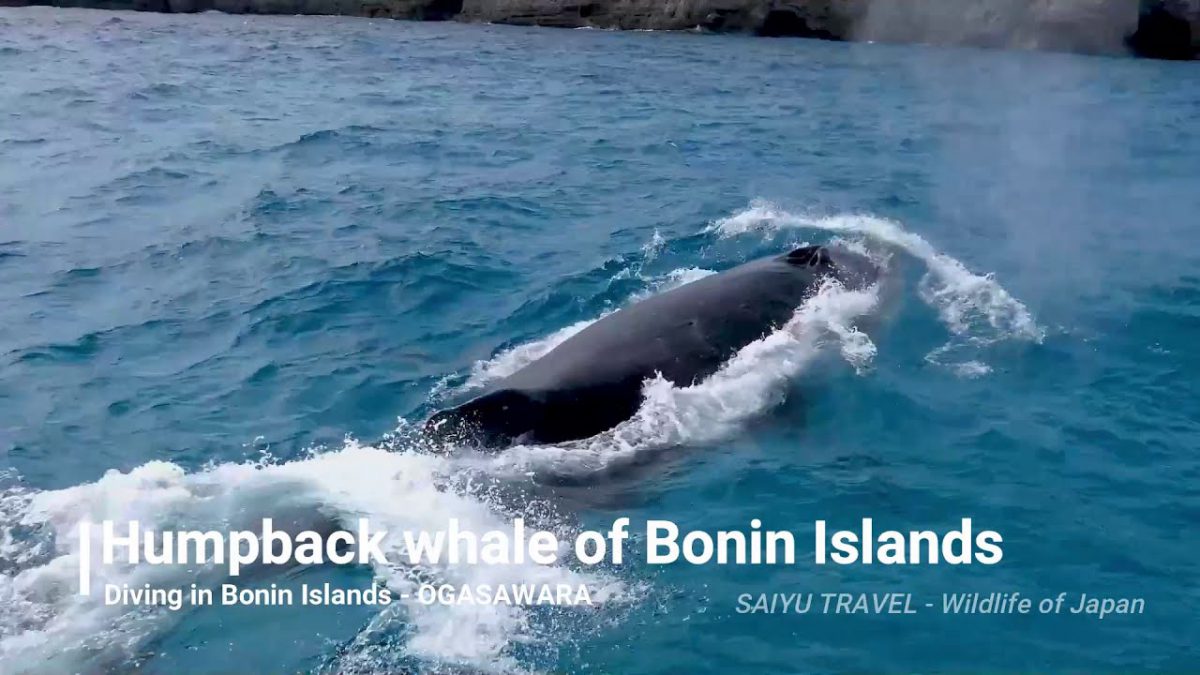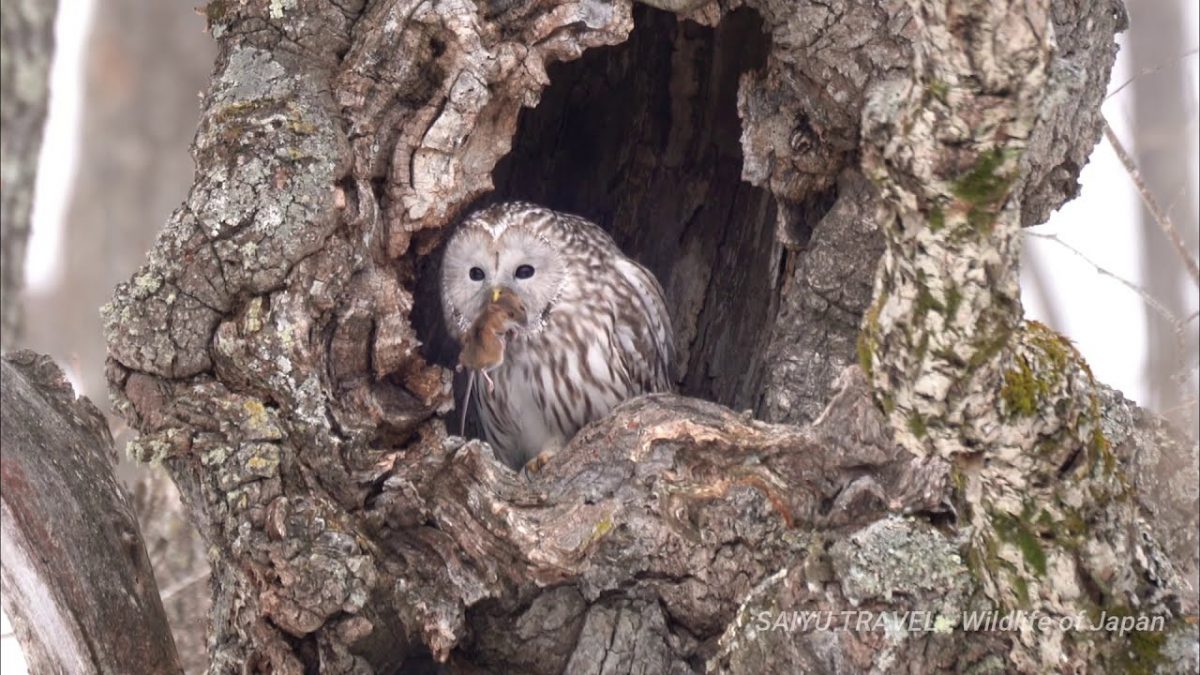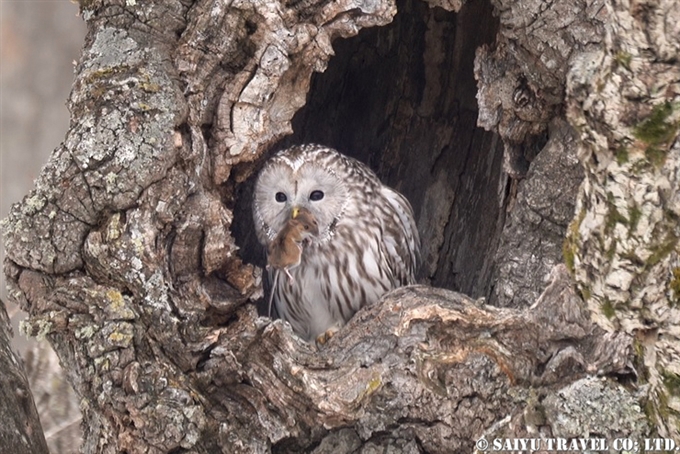This a report for our “BIRD PHOTOGRAPHY TOUR” by Gaku Tozuka.
Rock Ptarmigan of Tateyama – Photography Tour Report (May15- 16, 2021)
Some of the participants for this tour did not carry sunglasses with them, so they immediately needed to purchase them at the shop. It is best to have sunglasses during this tour because the ultraviolet rays in the alpine areas from April to June can be more intense and dangerous for your eyes, when compared to being on flat ground at lower altitudes. Once you get affected by snow blindness, it could take up to one week before you can start to see again, in the worst case scenario, so for your own safety please follow our recommendation to bring your sunglasses.
After walking a snowy path for about 20 minutes, we arrived at Mikurigaike Onsen. We were 1 hour earlier than originally planned, so we decided to go photograph a rock ptarmigan (Lagopus muta japonica) that we had found before we ate. Upon arriving back at that spot, the white rock ptarmigan male starting moving out from under the Siberian Dwarf Pine (Pinus pumila) as if he was saying “I was waiting for you” as we got some great shots.
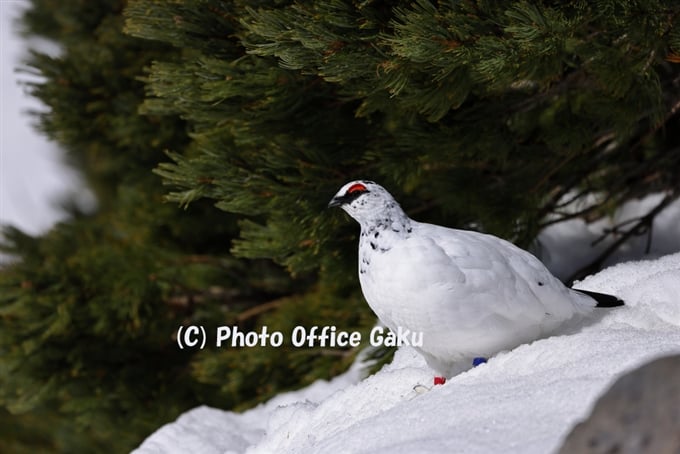
White Rock Ptarmigan Male (Lagopus muta japonica)After that, the bird moved to an area where we couldn’t enter, so we decided to go for lunch. Right then, another male popped right out from the same place, and we quickly positioned to get more photos again. Then, this bird also eventually moved to the closed area, so we proceeded and had our orientation while we were eating lunch. We covered the basic behaviors of the rock ptarmigans, tips on how to photograph them and explained details about the lodging where we would be staying.
At 3 PM, we gathered at the front desk and started to make the rounds at the various photo points. We couldn’t locate the birds at the nearby point, so we moved a little further away. When we arrived at that point, there were a pair of rock ptarmigans, tucked under the Siberian Dwarf Pine and staying put. If they had not been there, we would have continued on to look for more birds, but because we knew they were in there, we just decided to stick around and wait. After an hour, the rock ptarmigans finally started moving out and we could get photos of the pair of ptarmigans with a beautiful mountain backdrop.
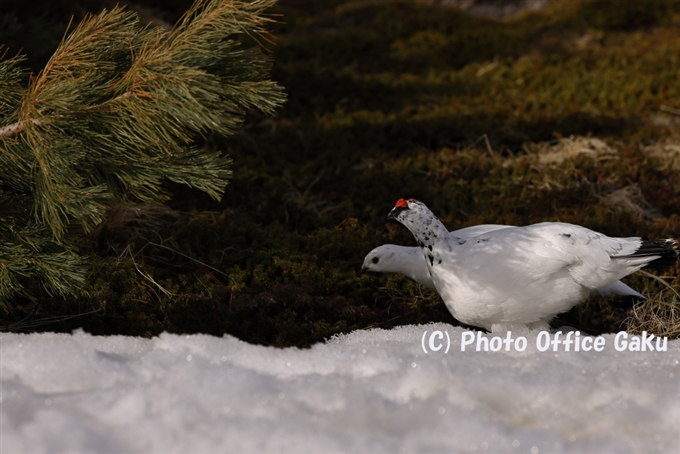
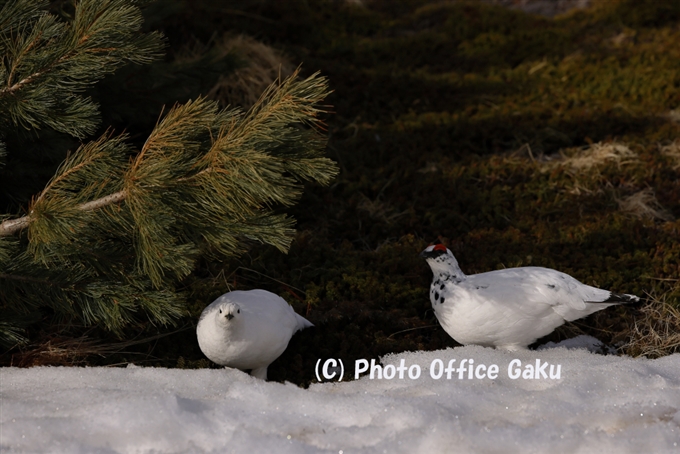
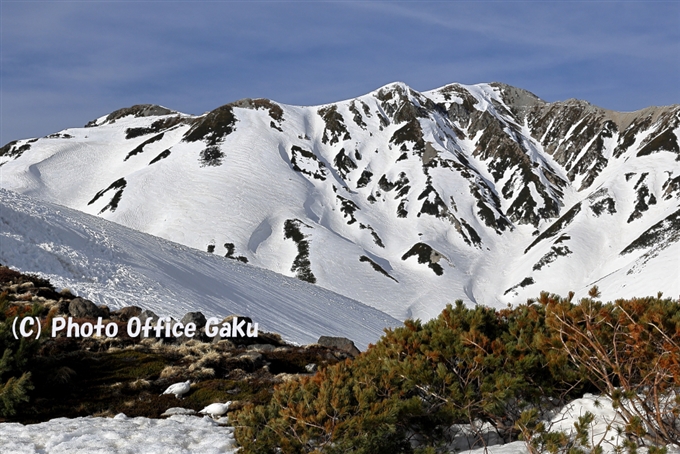
After that, they moved back under the pine again, so we moved to the evening sunset photo point, where another white male ptarmigan could be photographed. We wished to be able to get a photo of the sunset with the bird together, but unfortunately, we could not.
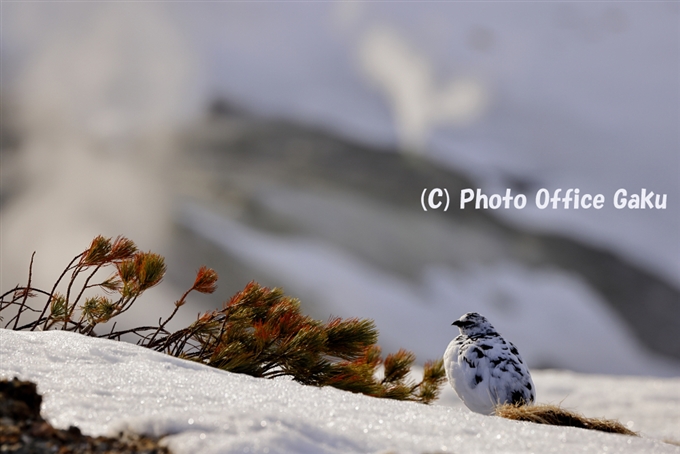
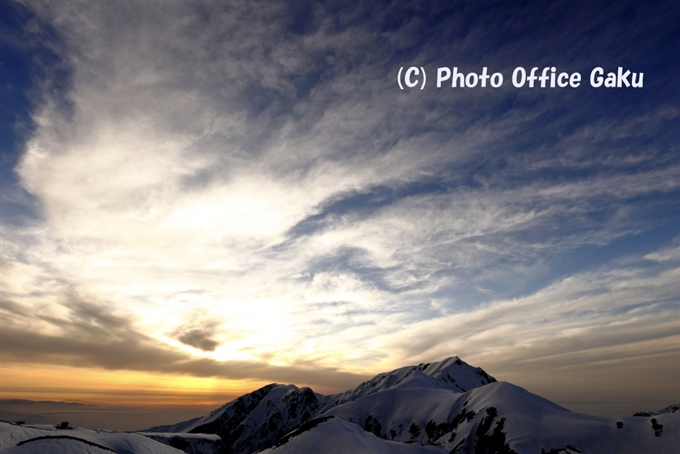
On the second day, we gathered at 5 am in the early morning to look for more ptarmigans and worked our way around various photo points, but we could not find them too easily. While walking, a member of the group saw a place where the feathers of a small bird were scattered. I explained, “In this case, it looks to be like a stoat(Mustela erminea nippon)not a bird of prey.” And after walking a little farther, someone exclaimed, “Oh, there’s a stoat!” When we looked in the direction he was pointing to, we could see the stoat! As we observed it, it popped in and out of sight among the rocks, just in front of us. It was really challenging to get a shot of it, but I managed to get a couple. The other members of our group did not seem to be able to catch a photo of it, but either way, we were all really lucky to see it so clearly at such a close distance! I have been doing this kind of tour for over 20 years, and this is only the 6th time that I could see a stoat!
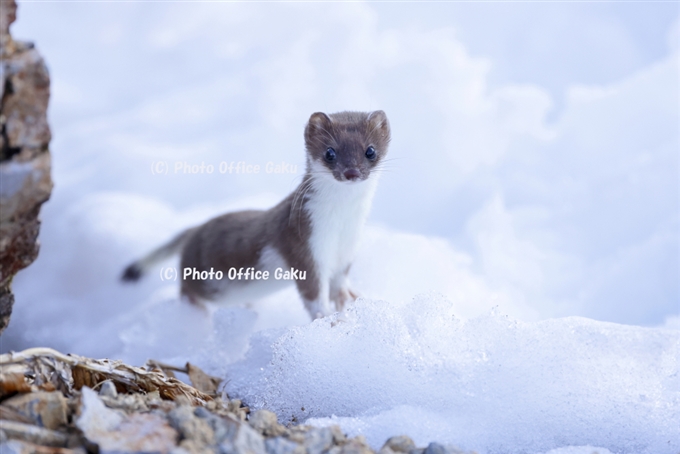
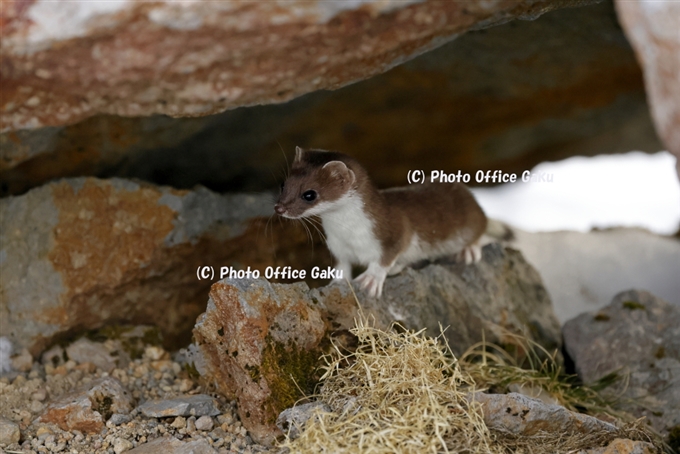
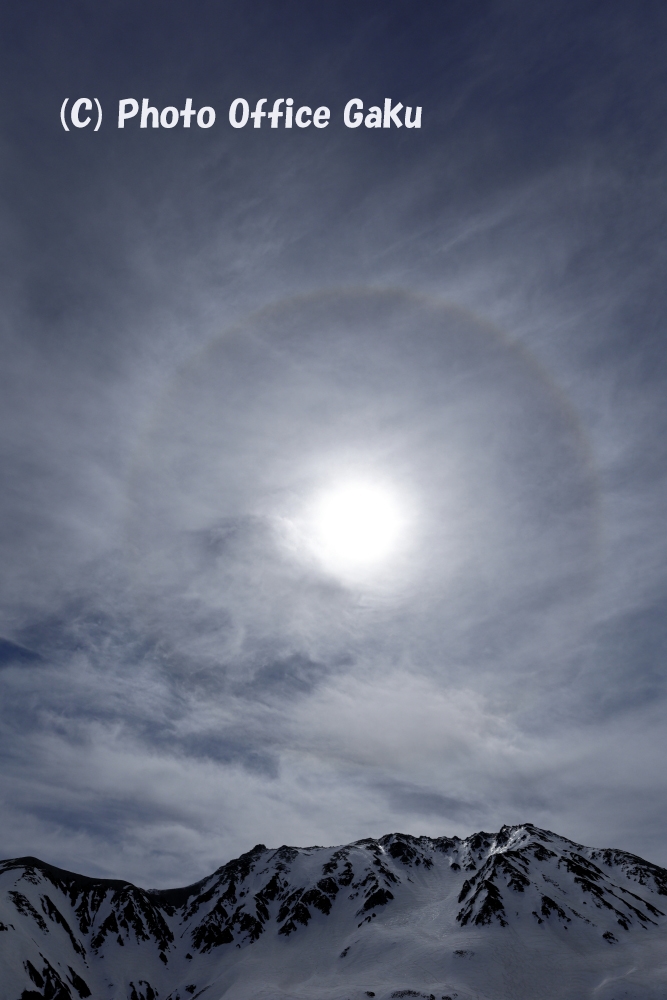
When it is hot, the conditions are not good for the rock ptarmigans, so they often hide in the Siberian Dwarf Pines, and often do not come out. (So, the two days of ‘good weather’ means we don’t see the birds, so perhaps in this case it was “bad weather”? lol!) Ultimately, we were able to see and get photos of the male and the female white phased ptarmigans and even a pair together. In addition, we could observe the Asian house martin (Delichon dasypus), the Alpine accentor (Prunella collaris), the Japanese accentor (Prunella rubida).
Image & Text: Gaku TOZUKA
Observation: April 2021, Tateyama, Toyama Prefecture
Profile:Gaku Tozuka (戸塚 学)
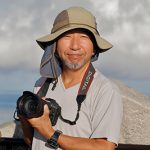 Born in Aichi Prefecture in 1966 and currently resides there. Became interested in photography when he was a junior in high school. He has been taking photographs mainly of natural scenery and wildlife, which he has loved since he was a child. Currently, rather than taking “pretty, cute, and cool” photos, he focuses on taking photos of scenes that have a human touch and environmental scenes that show the relationship with human life. Ultimately, he aims for “photographs that have a smell. His work has been published in photo collections and exhibitions, and used in magazines, illustrated books, and calendars. His photographic collections include “Raicho Korokoro” and others.
Born in Aichi Prefecture in 1966 and currently resides there. Became interested in photography when he was a junior in high school. He has been taking photographs mainly of natural scenery and wildlife, which he has loved since he was a child. Currently, rather than taking “pretty, cute, and cool” photos, he focuses on taking photos of scenes that have a human touch and environmental scenes that show the relationship with human life. Ultimately, he aims for “photographs that have a smell. His work has been published in photo collections and exhibitions, and used in magazines, illustrated books, and calendars. His photographic collections include “Raicho Korokoro” and others.
*Please contact us, Saiyu Travel for arrangements for wildlife and bird photography tours in Japan.
Tags: Wildlife Photography tour in Japan, Bird Watching Japan, Wildlife tour in Japan, Wildlife in Japan, Rock Ptarmigan, Tateyama, Tateyama Rock Ptarmigan Photography, GAKU TOZUKA, Raicho, Wildlife of Japan, Birding tour Japan, Birds of Japan, Bird tour Japan




